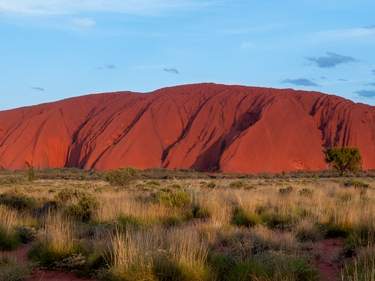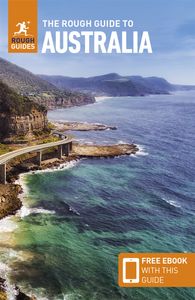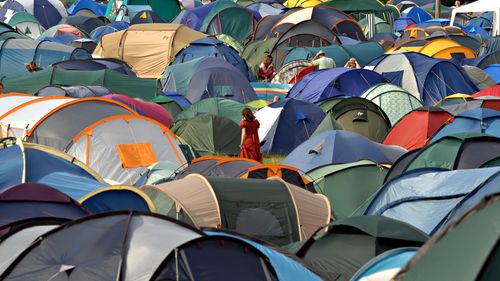Carlton
Carlton lies just north of the city but, with its university presence and long-established Italian restaurant scene, it could be a million miles away. Lygon Street is the centre of the action, and it was here, in the 1950s, that espresso bars first opened in Melbourne; exotic spots such as Toto’s Pizza House had an unconventional allure in staid Anglo Melbourne, and the local intelligentsia soon made the street their second home. Victorian terraced houses provided cheap living, and this became the first of the city’s “alternative” suburbs. These days, Carlton is no longer bohemian; its residents are older and wealthier and Lygon Street has gone definitively upmarket, though the smart fashion shops still jostle with bookshops and an abundance of Italian restaurants and cafés.
Lygon Street itself is the obvious place to explore, but the elegant architecture also spreads eastwards to Drummond Street, Carlton Gardens, Rathdowne and Nicholson streets. Running along the western side of the university, Royal Parade gives onto Royal Park, with its memorial to the explorers Burke and Wills, from where it’s a short walk through the park to the zoo.
Collingwood
Smith Street, forming the boundary between Fitzroy and Collingwood to the east, has charity shops, ethnic butchers and cheap supermarkets among New Age bookshops, quirky cafés and revamped pubs. North of Johnston Street you’ll see a clutch of sportswear factory-seconds outlets. Collingwood and the adjacent suburb of Abbotsford have a large gay population, with gay bars and clubs clustered on Peel, Gipps and Glasshouse streets.
Fitzroy
In the 1970s, Fitzroy took over from Carlton as the home of the city’s artistic community, and every year at the end of September, the area is awash with pop-up art installations, exhibitions and street performers as part of the colourful Fringe Festival – the alternative scene’s answer to the highbrow Melbourne International Arts Festival. The district’s focus is Brunswick Street (tram #112 from Collins St), especially between Gertrude Street, home to trendy galleries, art spaces and boutiques, and Johnston Street, with its lively Spanish bars. In the shadow of Housing Commission tower blocks, funky secondhand shops rub shoulders with ethnic supermarkets and cafés packed with grungy students, hipsters and musicians.
Heide Museum of Modern Art
The Heide Museum of Modern Art was the home of Melbourne art patrons John Reed (1901–81) and Sunday Reed (1905–81), who in the mid-1930s purchased what was then a derelict dairy farm on the banks of the meandering Yarra River. During the following decades the Reeds fostered and nurtured the talents of young artists and played a central role in the emergence of Australian art movements such as the Angry Penguins, the Antipodeans and the Annandale Realists; the painters Sidney Nolan, John Perceval, Albert Tucker and Arthur Boyd were all members of the artistic circle at Heide at one time or another. Heide I is the farmhouse where the Reeds lived from 1934 until 1967, while their airy modernist 1960s home Heide II shows work from the collection. The most prominent addition is the Heide III (Albert & Barbara Tucker Gallery), which features over two hundred artworks from Albert’s personal collection. Café Vue draws on produce from the cottage garden; it also does a great lunchbox for consumption in the sculpture garden.




















